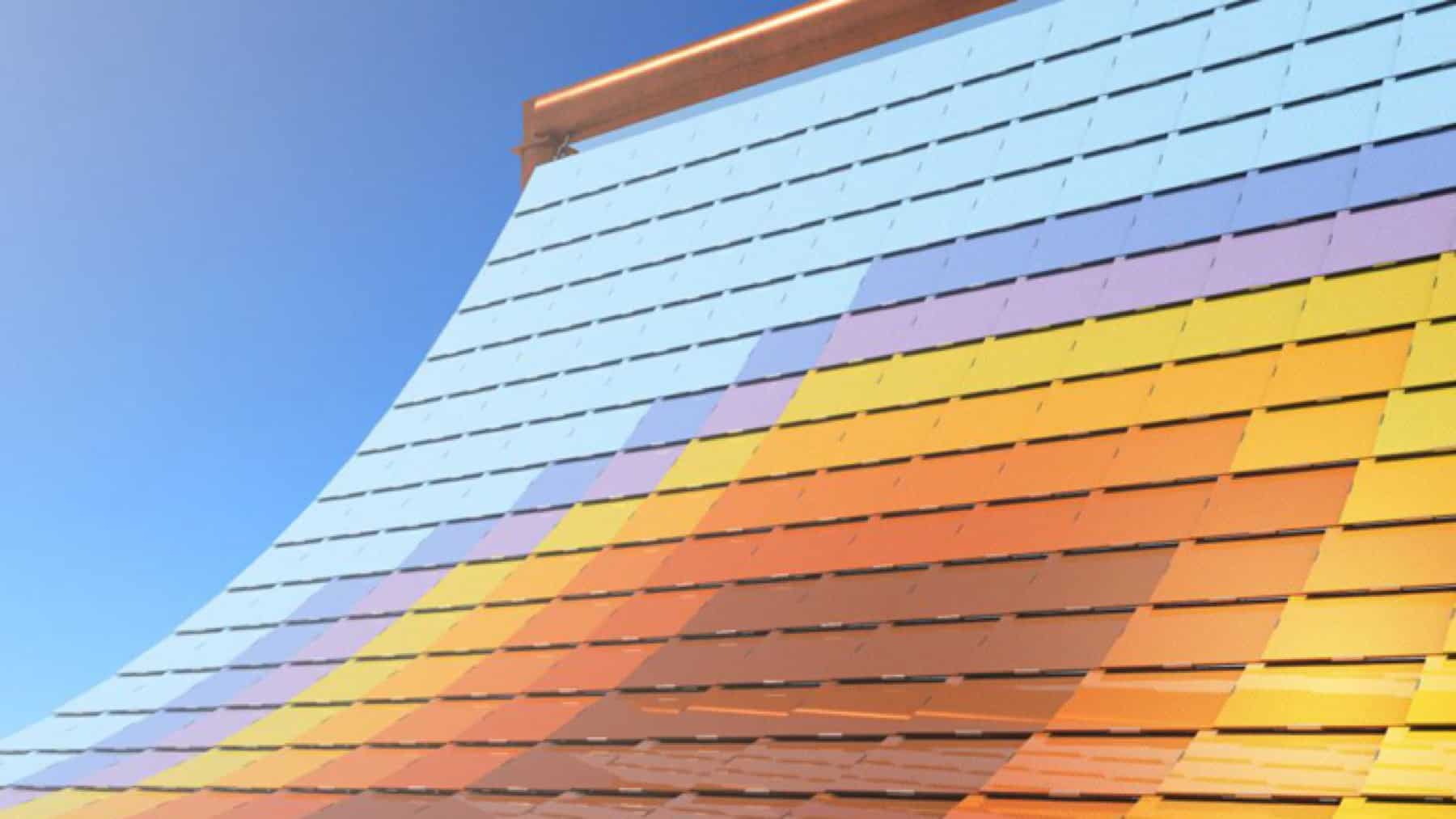Renewable energy is the answer to the planetary concerns of most enthusiasts, and every day, the technology involved with it is constantly being improved. As we speak, the recent iteration that engineers are talking about is in the city of the Netherlands, is the pavilion. A structure that provides warmth and is capable of generating electricity. In this article, we’ll examine the unknowns and the timeline in which the pavilion was built.
Peeling the layers: examining the pavilion’s structure underneath
In many parts of the world, the pavilion is used for various purposes: It may be a subsidiary building that is either positioned separately or as an attachment to a main building. Often it is associated with pleasure.
In palaces and traditional mansions of Asia, there may be pavilions that are either freestanding or connected by covered walkways, as in the Forbidden City (Chinese pavilions), Topkapi Palace in Istanbul, and in Mughal buildings like the Red Fort.
As part of a large palace, pavilions may be symmetrically placed building blocks that flank (appear to join) a main building block or the outer ends of wings extending from both sides of a central building block, the corps de logis. Such configurations provide an emphatic visual termination to the composition of a large building, akin to bookends.
What is buried deep inside the Solar Skin?
Inside the solar fabric, there are over 380 colored panels mounted like tiles, semi-translucent or decorative, that work in sync with other components to create colour variation while also filtering light. They are also thin, lightweight, possibly organic or foil-based, allowing the two main characteristics of both energy generation and visual or atmospheric effect, just like the Colored Canopy with unexpected performance.
Understanding how the Pavilion utilizes Sunlight in the atmosphere
The pavilion’s mode of operation is quite simple: it constantly monitors the daylight with each passing movement of the day in real time, the colored panels’ shift pattern, and hue. While visitors see coloured shadows and shifting tones like stained glass, the pavilion becomes a dynamic canvas.
In view of this, it is apparent that the shade beneath the solar skin, while still warmed, is illuminated, revealing an engineering mix of glare and filtered light. It is also important to note that there is no heavy machinery or motors other than the minimal active parts that can not be given an alternative. This allows people to experience solar energy without distraction.
The technology of photovoltaics can now move into the state of massive adoption since people can now see how things work in real time, thereby ending the mystery involved.
The innovation behind the solar pavilion and why it matters
The innovation behind the solar Pavilion lies in how it is being incorporated. Renewable energy doesn’t have to be boring. It can also contribute as a beautiful backdrop in the form of panels that reflect light as well as art.
Symbolically, it points toward a future where solar energy is integrated into every aspect of daily life: façades that filter light, canopies that shade plazas, shelters that glow at night from the energy they gathered by day. By embedding photovoltaics into the language of architecture, van Aubel and V8 Architects argue for a world where renewable energy is not only necessary but also desirable and beautiful.
Once again, scientists have been able to integrate photovoltaic technology into pre-existing structural life forms. This right here is the future of renewable energy technology. Just like this futuristic design, turning rooftops into free energy. If this is what engineers and scientists have been able to achieve with the current technology at hand, imagine how scientists would incorporate the technology into plazas and shelters, 5-10 years from now.
Disclaimer: Our coverage of events affecting companies is purely informative and descriptive. Under no circumstances does it seek to promote an opinion or create a trend, nor can it be taken as investment advice or a recommendation of any kind.

